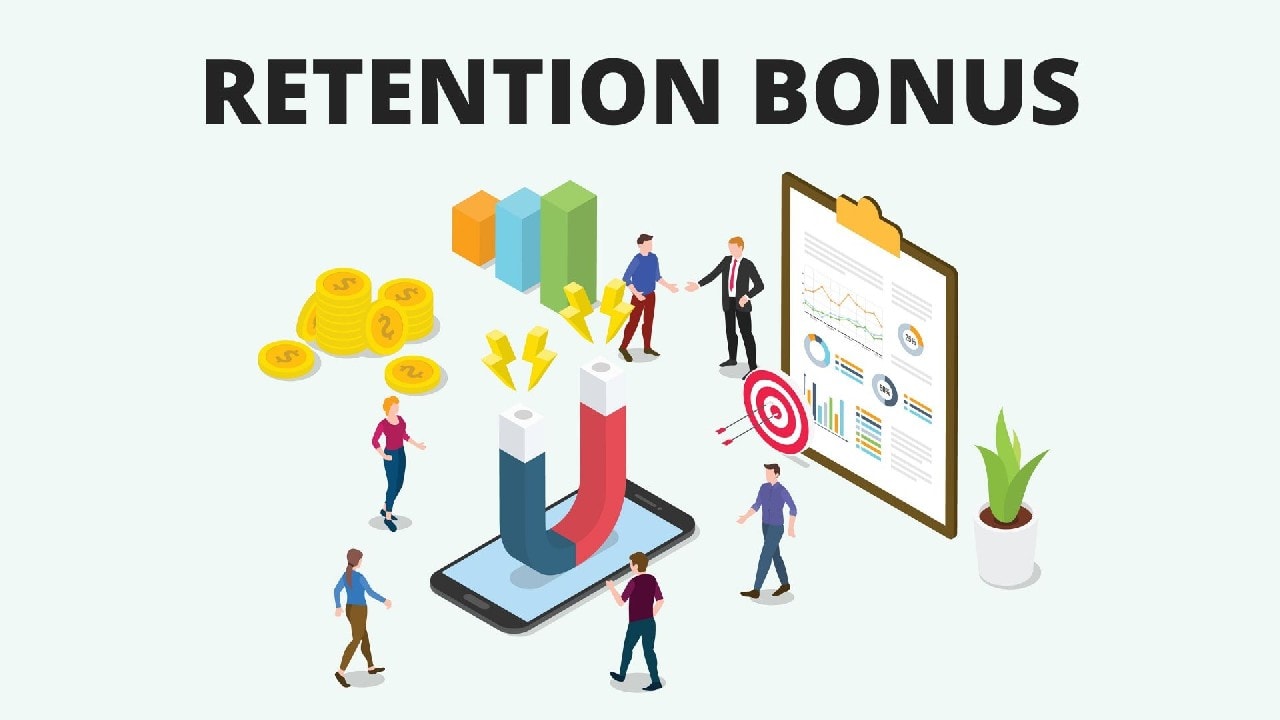Why retain employees?
Human resources are an organization's most valuable resource. Therefore, if you do not know how to use it, it will easily lead to wasted resources and reduce up to 200% of working efficiency. Many leaders simply think that when an employee quits, they just need to find someone new and retrain them from scratch. This is actually an alarming brain drain. The situation of employees leaving the company can bring many consequences such as:
Expensive recruitment and training of new people
A new employee means that you will have to find a completely new person to fill the vacancy they leave. Research by CAP (Center for American Progress) has shown that the average cost of replacing an employee leaving is 16% of annual wages paid for low-wage jobs, 20% for mid-level positions and up to 213% for highly qualified executive positions. It can be said that recruiting new employees is quite expensive compared to the cost of an already experienced employee.
Loss of seasoned and experienced staff
The employees who leave the job, especially the seniors, are often the ones who know the company very well. Because they have had a long exposure and are familiar with the way the organization operates and the vision and goals the organization pursues. Therefore, they are the people who can bring a lot of value to the business. The loss of the core staff can make the enterprise's ability to develop and compete reduced.

Bewilderment for those who stay
When layoffs happen too often in an organization, employees who stay will begin to question and ask questions such as: is the company really treating employees well, what is the problem? happen? The loss of trust and morale of employees will greatly affect the performance of the business, even the Domino effect can promote the intention of leaving the employees.
Current status of employees leaving jobs at enterprises
The actual numbers have raised doubts about the wave of job hopping and made many leaders more aware of the importance of employee retention. Specifically, according to a report from McKinsey and Co surveying more than 13,000 employees around the world, shows that:
More than 4 million people are already job-hopping every month in 2022 – and the trend shows no signs of stopping.
- About 40% of workers are considering leaving their current job within the next 3 to 6 months.
- Several sectors are experiencing a brain drain crisis: More than 60% of workers are job-hopping in the consumer/retail and finance/insurance sectors. 54% of workers leave the health care and education sectors
- These figures have shown the urgency of employee retention policies in enterprises if directors and senior managers do not want the organization to lose talent.
7 best employee retention strategies today
So how to solve and prevent the above problems? How to retain good employees is not just about methods and actions. It is the art of using people and is a long-term strategy to nurture talent in the organization. Learn these effective retention strategies and apply them flexibly to your organization:
Empower employees
No human resource likes the feeling of being tied down or over-supervised when working because this can easily create stress and pressure. Conversely, when employees gain autonomy in their work and have a voice in the organization, they will feel more responsible and engaged with the company.
Give employees the authority, space, and resources to get things done, and give them the right to contribute in company meetings. When in the initiative, they will feel satisfied with the organization and work, and their ability to commit is also strengthened and enhanced.
Recognition and reward
Do not ignore the recognition and reward regimes for employees if you do not want them to leave the organization. Because being recognized and rewarded for their achievements makes employees feel valued and all the effort they put in is completely worth it. This is an invisible string that helps to connect and retain talented people as well as maintain their motivation to work and make a long-term commitment to the company.
To properly recognize the competence of employees, managers need to develop a set of performance evaluation criteria. Currently, there are many methods that companies can apply to manage employee performance such as:
- KPIs, OKRs
- Using the Balanced Scorecard BSC
- 360 degree review
- Use employee evaluation software
You can apply many methods flexibly, but the key to building a competency evaluation framework is to give employees instructions on what they must do to achieve their goals.
Offer competitive salary
The issue of salary is still a sensitive and controversial topic whenever it is mentioned in the reasons for leaving employees. However, it is not to deny the weight of money in retaining employees. Because when they have contributed and created value for the company, they also want to receive the value they deserve. Therefore, building a competitive and transparent salary mechanism is extremely necessary if you want to retain good employees.
You can apply pay mechanisms that match your employees' abilities using the 3P salary formula. That is salary according to Position (Position), Capacity (Person) and Performance (Performance).
In addition, it is also necessary to pay attention to periodic salary reviews for employees so that they have more reasons to stay and contribute to the organization.
Take care of employees' physical and mental life
Besides salary and bonus, taking care of employees' lives is also a factor that businesses need to pay attention to to build employee engagement. Helping employees achieve work-life balance will create the most favorable conditions for them to improve work productivity, increase satisfaction and strengthen their loyalty to the organization.
To achieve this, you need to diversify welfare policies for employees so that they have a solid foundation and peace of mind to work, some policies can be mentioned are:
- Ensure adequate allowances for employees.
- Provide enough time off for employees to have a chance to “recharge”.
- Organize periodical health check for all employees.
- Provide benefits for employees' children and family members.
Create opportunities for employees to develop
Progressive employees never want to stand still and be content with current results. Therefore, if you want to retain good employees, you must create as many opportunities as possible for them to learn, develop and practice.
Some strategies businesses can apply to develop human resources include:
- Transfer personnel to other departments and branches.
- Promote employees for special projects.
- Bachelor of Human Resources participates in talent fostering programs.
Besides, it is necessary to develop a clear promotion roadmap to clearly show employees the opportunities they can achieve.
Building a healthy environment
A healthy, fair and fair competitive working environment will "awaken" the motivation of employees, giving them the opportunity to express their abilities and express themselves.
An ideal working environment will be based on the following factors:
- Space: Open space, encouraging creativity, with forms of relaxation after work.
- People: The boss has a heart and vision, the colleagues are friendly, helping each other to progress.
Apply flexible management
So how to apply flexible management methods to retain employees? All you need to do is:
- Create opportunities for discovery: Give employees the freedom to create new, risk-taking ways to innovate.
- Encourage development: Managers only provide working conditions and tools. Employees will learn and develop the skills required in the process.
- Motivation: Provide vision, goals and factors affecting employee motivation.












Replies to This Discussion